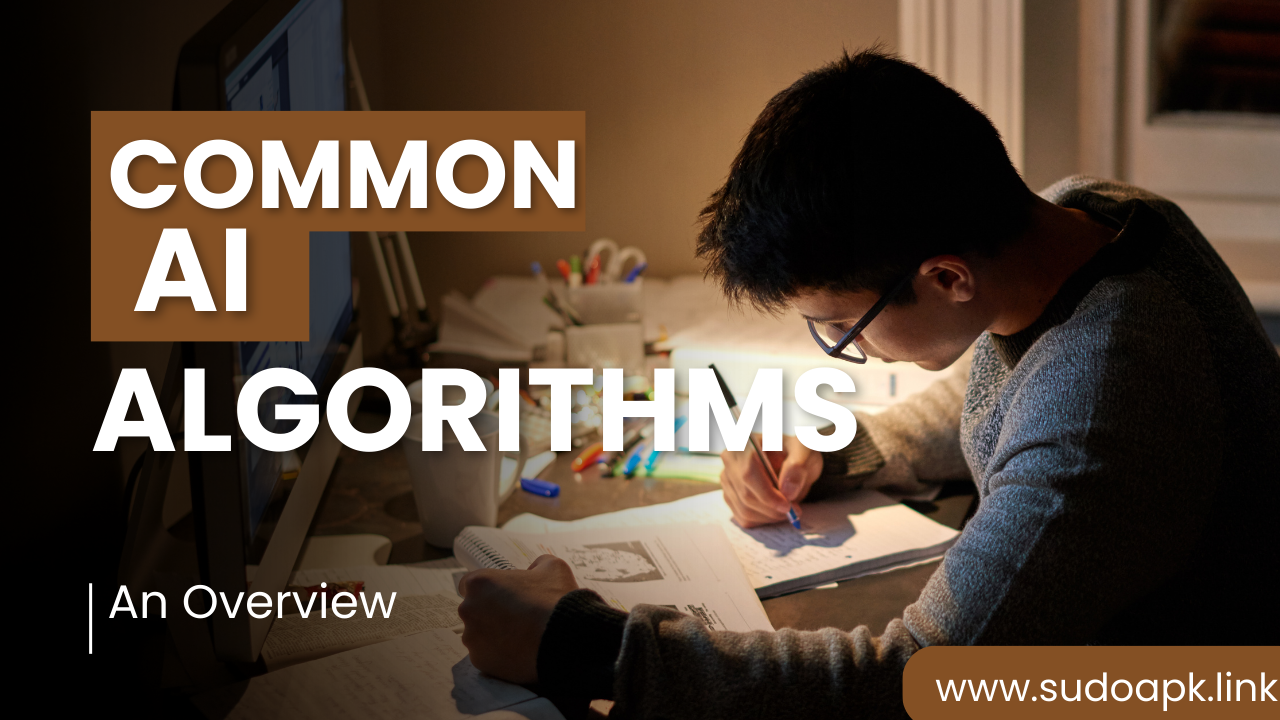

Decision Trees and Random Forests: A Comprehensive Guide
Decision trees represent an intuitive, non-parametric supervised learning technique for both classification and regression tasks supported by streamlined computational implementations.
When combined together into random forest ensemble models, they yield robust accuracy across many modern prediction challenges spanning tabular data to computer vision and NLP.
This comprehensive guide explores decision trees and random forest fundamentals, implementations, use cases and advancements powering applications worldwide.
Introduction to Decision Trees
Decision trees comprise rule-based hierarchical model representations that segment data features into discrete compartments using branching conditions. They essentially partition feature spaces into distinct buckets with the goal of isolating target classes or values to enable predictions.
Branching rules get optimized using metrics like information gain and gini impurity to maximize each split's purity. Recursive top-down splitting continues until terminating at leaf nodes representing classifications.
Traversing trees based on on new data feature values triggers predictive outcomes mapped during prior training. Intuitively, decisions trees capture discerning patterns from noisy datasets. And additive Regularization prevents overfitting through pruning.
Anatomy of a Decision Tree
Understanding decision tree anatomy including depths, splits and leaves guides both interpretation and optimization:
Root Node
The root node sits atop every decision tree, representing the complete population or sample from which recursive splitting and segmenting occurs down successive branches.
Decision Nodes
Decision nodes apply tests or conditions based on single feature values to partition data along left or right branches. Optimized splits shift similar target values into common buckets. Node purity improves with each successive division.
Leaf Nodes
Leaf nodes terminate branches once maximal separation gets achieved or constraints met. They assign final class labels or target value projections during inference.
Tree Depth and Width
Tree depth tracks successive split layers from root to leaf regularly limited by constraints to prevent overfitting. Width denotes max branching factors expanding inference combinations but also risking model complexity.
Balancing depth and width stability remains key for generalizable patterns. Next we transition towards mathematical formalizations.
Decision Tree Model Representation
Mathematically, decision trees get represented as a special form of if-then rule statements flowing from root branching to terminal leaves:
Binary Classification Trees
Binary classifiers use logical conjunctions, special AND statements fulfilled only when all conditions get satisfied from root to leaf:
IF (condition 1 AND condition 2 AND...) THEN target variable = 1 else 0
Regression Trees
For numeric targeting, regression trees store floating-point averages as leaf nodes aggregates calculated from training data splits. This allows fractional responses unlike strict binary outputs:
IF (condition 1 AND condition 2 AND...) THEN target variable = avg(split bucket values)
In practice, ensemble and probabilistic extensions of basic decision tree implementations occur more commonly than singular models. But intuition remains grounded in elementary series of logical conditions and outcomes.
Split Optimization Metrics
The accuracy of any decision tree model gets largely defined by its splitting criteria heuristics used to determine optimal branching. Two widespread methods include:
Information Gain
This classic approach measures entropy reductions after splits. High information gain where nodes isolate distinct target variable values gets rewarded. Any decrease in weighted impurity per node raises score:
Information Gain = Entropy(parent) - WeightedAvg[Entropy(children)]
Gini Impurity
Similarly, the Gini method quantifies probability that random elements would get improperly labeled at nodes. As child splits separate classes effectively, their cumulative Gini probabilities lower, increasing overall metric gains:
Gini Gain = Gini(parent) - WeightedAvg[Gini(children)]
Comparing evaluation metrics on validation datasets helps tune maximally performing decision trees generalized beyond just training patterns.
Implementing Decision Trees in Python
Applied coding cements core concepts. Using Scikit-Learn, key implementation steps include:
Importing Libraries
We import Numpy for numerical processing and Pandas for data ingestion. Scikit-learn provides the Decision Tree classifier and regression estimator classes:
import numpy as np import pandas as pd from sklearn.tree import DecisionTreeClassifier, DecisionTreeRegressor
Input Data Preprocessing
Based on data formats, this may include cleaning, feature encoding, normalization and dimensionality reduction to focus predictors.
# Handle missing values # One-hot encode categorical variables # Standardize features
Model Instantiation
Instantiating the DecisionTree model while defining evaluation metrics like depth, quality constraints and split criteria:
model = DecisionTreeClassifier(max_depth=6, criterion='gini', #metric min_samples_split=10) #constraints
Fitting and Predictions
Feeding training data fits model parameters before estimating outcomes for new data:
model.fit(X_train, y_train) predictions = model.predict(X_validate)
Key hyperparameters guide model tuning towards optimal complexity, accuracy and overfitting avoidance.
Hyperparameter Tuning in Decision Trees
Balancing model generalization vs precision relies heavily on tuning structural hyperparameters around tree shape, splits and pruning:
Depth Constraints
Limiting max depth during growth through hyperparameters like max_depth reduces overfitting. Shallower trees become more interpretable.
Minimum Sample Splits
Higher min_samples_split thresholds prevent over-segmentation of smaller branches. But valuable partitions may get missed. Staged tuning pinpoints ideal values.
Leaf Node Quantities
Directly constraining max leaf nodes enforces model compactness. Expected value depends on data intricacy and feature space partitioning needs.
Together, customized structural controls separate signal from noise for cleaner data partitions as the basis for stable predictions.
Limitations of Single Decision Trees
Despite advantages, single decision trees risk overfitting with skewed datasets. And shallow representations hamper complexity learning. Key issues include:
High Variance
Sensitivities to rotation and changes within training data creates volatility likelihood. Slight distortions in input patterns alter output substantially.
Data Noise Impact
Sparse anomalies biasishly trigger extensive splitting. Tree paths latch onto coincidental rather than truly correlated patterns for weakened reliability.
Limited Feature Interactions
Individual trees examine single features per node split, missing useful variable combinations exploitable together. This oversight smooths complex mappings.
Fortunately, ensemble methods effectively circumvent these drawbacks through aggregated learning.
Introducing Random Forests
Random forests represent arguably the most impactful innovation advancing decision tree capabilities for real-world systems. They construct diverse tree collections by training iterations on randomized data subsets and predicting through aggregated voting. Key traits include:
Bagging
Bagging repeatedly selects random training set samples with replacement for model iterations. Each tree trains on slightly distinct data to introduce variance.
Feature Randomization
Further diversity gets added by restricting candidate feature splits per node to random subsets rather than full grids. This compels exploration.
Soft Voting Predictions
Through averaging continuous predictions or tallying discrete class votes across many trees, overall accuracy improves stability and smooths individual peculiarities.
By combining decentralized learners together, predictive stability strengthens drastically even from individually weak or overfit estimators alone.
Implementing Random Forest Classifiers in Python
Application requires initializing the flagship RandomForestClassifier class with key parameters:
from sklearn.ensemble import RandomForestClassifier model = RandomForestClassifier(n_estimators=100, #tree quantity criterion='gini', max_features='auto', #split randomness n_jobs=-1) #parallelization model.fit(X_train, y_train) predictions = model.predict(X_test)
Classification requires only majority votes among 100 distinct trees now constructed through coordinated randomization. Parameters enable tuning for ideal convergence.
Evaluating Model Performance
Quantifying improvements relies on metrics contrasting single vs ensemble models:
Prediction Accuracy
Overall accuracy scores convey precision gains from aggregating distinct decision trees on new data. Reduced error rates signal enhancements.
AUC ROC Curves
Classification reliability metrics like Area Under ROC plots demonstrate through threshold sweeping clearer separability arising from random forests versus individual variants.
Feature Importance Plots
Random forests rank input variables by total purity improvements achieved from splits. Comparing importance distributions provides context into primary drivers over lone models where rotations alter relative relevance arbitrarily.
Together model diagnostic dashboards quantify and provide visual evidence behind collective impact.
Use Cases Benefitting from Random Forests
Properties like nonlinear mixing, natural variance resistance and ease of interpretations make random forests exceptionally versatile for numerous real-world systems:
Ranking and Recommendations
Many search and recommendation engines leverage random forests due to efficiency in scoring relevancy through internal voting across various participants. This also enables integrating multiple data types.
Image Classification
Vision applications allow encoding pixels and spatial dimensions as structured features ideal for forest-based parsing. Bagging handles sample noise during distributed training.
Sensor Network Analytics
Multivariate timeseries data gathered from IoT device clusters equip random forests for soft failure warnings. Correlated anomalies get amplified from weak signals within network ensemble effects.
Fraud Detection
Identifying fraudulent patterns benefits from highly adaptive decision boundaries to counter malicious innovations. Isolation Forests extend the concept by concentrating on anomalies rather than commonalities.
The future promises even smarter probabilistic extensions like conditional inference forests for specialized use cases.
Innovations Advancing Random Forests
While original formulations remain staples in analytics pipelines, modern research continues expanding capabilities:
Extremely Randomized Trees
Additional randomization through continuous-valued splits rather than discrete testing improves variation. Thresholds get drawn from uniform distributions for each feature exam.
Oblique Forests
Allowing linear combinations of features during splits provides richer semantics. However, oblique splits prove computationally expensive with marginal accuracy gains over axis-aligned partitioning.
Probabilistic Ensembles
Modeling forests as Bayesian model averaging frameworks provides uncertainty quantification around predictions unobserved in frequentist approaches. Stochastic weightings assist expressing variability.
Online Forests
Adapting sequential learning mechanisms enables updating random forests incrementally as new data arrives rather than requiring full retraining. This facilitates changing distributions over time.
Together these innovations cement random forests as a relied-upon toolkit even 30 years from initial academia conception to accelerating real-world adoption today. Their versatility only expands further with time.
FAQs - Key Random Forest Concepts
How do random forests handle missing values during training?
Careful imputation methods like multivariate pattern completions support retaining partially observed samples. Tree-based imputers also train directly on missing indicators without discarding rows enabling maximal dataset usage.
Why does feature scaling often not improve random forest performance?
Thanks to compartmentalized learning of intrinsic patterns within data partitions, most splits depend only on local region properties rather than global distributions. This reduces standardization needs.
What strategies adjust class imbalance issues?
Imbalanced response variables get handled via asymmetric misclassification penalties and stratified sampling ensuring rare classes sufficiently populate training batches. Focal loss functions also dynamically reweight instances by rate severity.
How do random forests quantify feature importance?
Feature ranking occurs through aggregating metrics like total purity gain achieved from splits or mean decrease accuracy when variable gets permuted. Importance ties closely to underlying model operations.
How might random forests fail for particular applications?
Very high dimensionality risks overfitting without sufficient data density and redundancy. Numerous irrelevant features also dilute useful patterns to forecast accurately. And probabilistic inferences require calibration.
In summary, random forests enable maximizing decision tree strengths while minimizing weaknesses for flexible machine learning systems that continue growing more capable over time through research innovations.
Popular articles

Dec 31, 2023 07:04 AM

Dec 31, 2023 06:48 AM

Dec 31, 2023 07:12 AM

Dec 31, 2023 07:22 AM

Dec 31, 2023 07:17 AM
Comments (0)